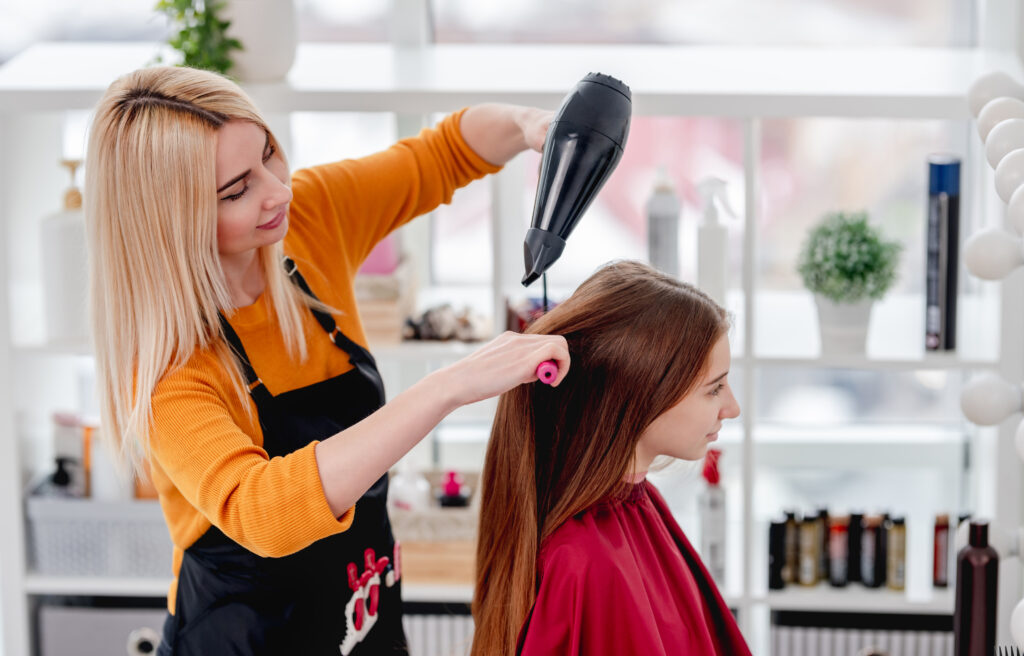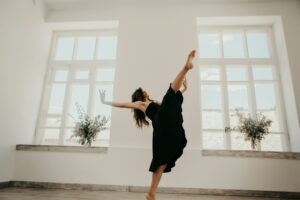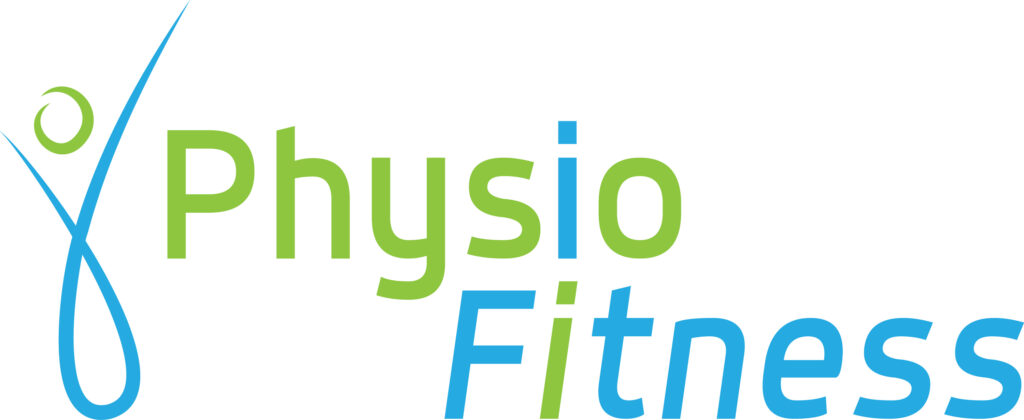Hairdressing is a skilled and creative profession that demands attention to detail, artistic finesse, and, unfortunately, a high risk of developing neck pain. The common sight of hairdressers constantly bending, twisting, and leaning over clients can take a toll on their bodies, leading to a range of musculoskeletal issues. In this blog post, we’ll delve into the reasons why hairdressers are particularly susceptible to neck pain and explore ways to mitigate these challenges.
- Prolonged Static Postures:
One of the primary factors contributing to neck pain among hairdressers is the prolonged static postures they must maintain. Stylists often spend hours on their feet, leaning over clients, and working with their arms raised to access various angles of the head. This continuous strain on the neck and shoulder muscles can lead to discomfort and pain over time.
- Repetitive Motions:
The repetitive nature of hairdressing tasks, such as cutting, coloring, and styling, can put excessive strain on specific muscles. Hairdressers perform similar movements repeatedly, which can lead to muscle fatigue and, eventually, neck pain. These repetitive motions can lead to conditions like repetitive strain injuries (RSIs).
- Awkward Positions:
Hairdressers frequently find themselves in awkward positions to access the hair, which can contribute to neck pain. Bending, twisting, and reaching for extended periods can place the neck and spine under stress, leading to discomfort and the potential development of musculoskeletal issues.
- Heavy Tools and Equipment:
Hairdressing tools and equipment, such as scissors, hairdryers, and styling products, can be surprisingly heavy. Carrying and using these tools repeatedly can add stress to the neck and shoulders, exacerbating the risk of pain and discomfort.
- Lack of Ergonomic Awareness:
Hairdressing requires specialized equipment, such as chairs and mirrors, which may not always be designed with ergonomic principles in mind. Hairdressers may not have access to tools and setups that promote proper body alignment, increasing their risk of developing neck pain.
- Overhead Lighting:
Bright overhead lighting is essential for accurate color matching and precise haircuts. However, prolonged exposure to harsh lighting can lead to eye strain, which can indirectly cause neck pain as hairdressers crane their necks to focus better on their work.
- Dealing with Diverse Clients:
Each client is unique, and hairdressers often have to adapt to their clients’ preferences, head shapes, and hair types. This constant need for adjustment and the variety of positions they must take can make their work physically demanding and increase the likelihood of neck pain.
Mitigating Neck Pain:
Fortunately, there are strategies that hairdressers can employ to mitigate neck pain and promote their overall well-being:
- Regular Breaks: Taking short breaks to stretch and change positions can relieve muscle tension and reduce the risk of neck pain.
- Ergonomic Equipment: Invest in ergonomic chairs, tools, and accessories designed to support proper posture and reduce strain.
- Strengthening Exercises: Engaging in regular neck and shoulder strengthening exercises can help improve muscle endurance and reduce the risk of pain.
- Proper Training: Hairdressers should receive training in ergonomics and posture to ensure they use proper body mechanics while working.
- Regular Massages: Regular massages from a qualified therapist can help alleviate muscle tension and improve circulation, reducing the risk of pain.
Hairdressing is a demanding profession that often goes unrecognized for the physical toll it can take on practitioners. Neck pain is a common issue among hairdressers due to their prolonged static postures, repetitive motions, and awkward positions. However, with awareness, the right equipment, and self-care practices, hairdressers can reduce the risk of neck pain and continue to pursue their passion while taking care of their physical well-being.




